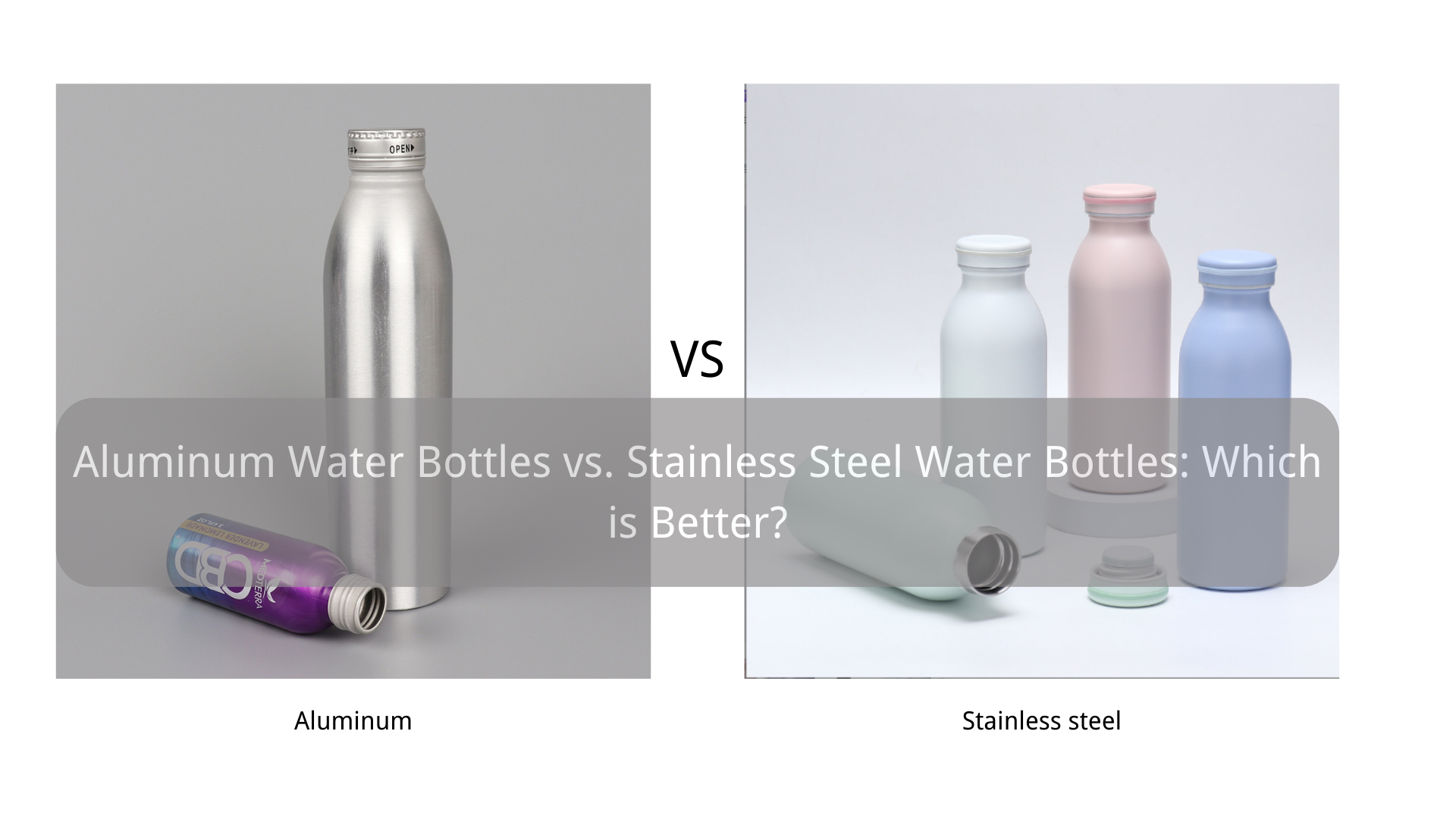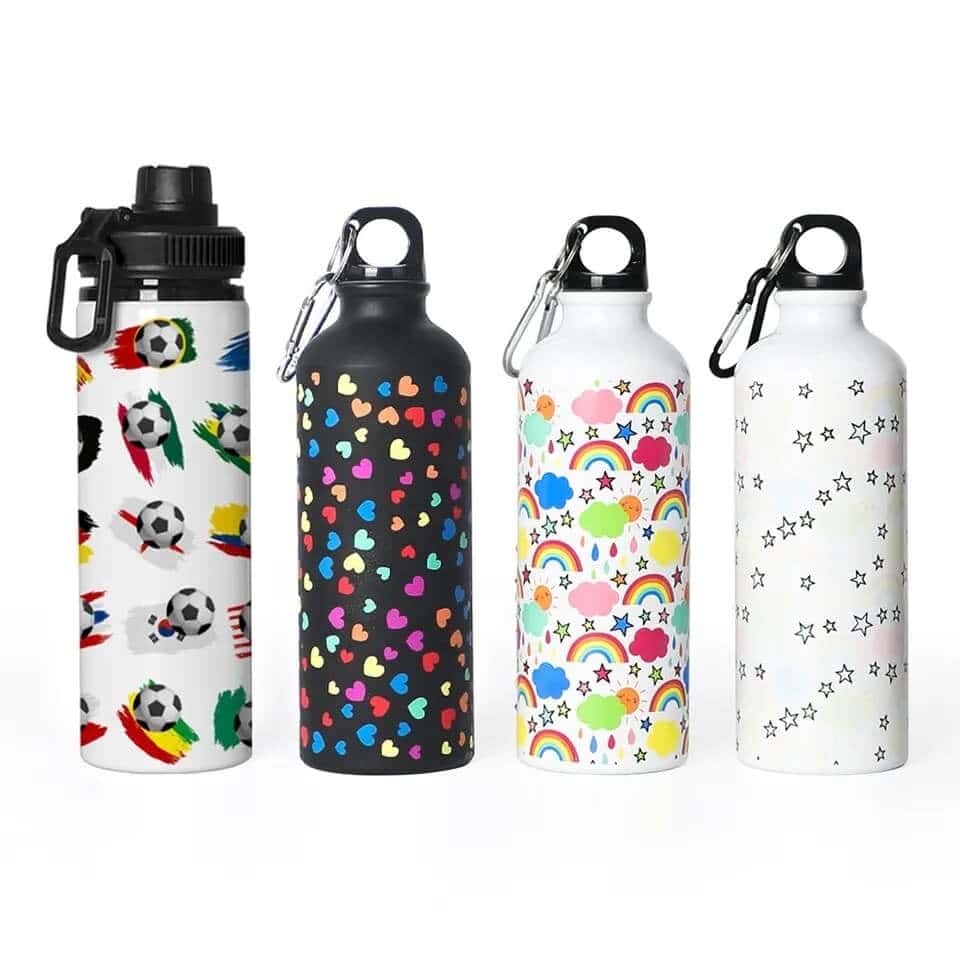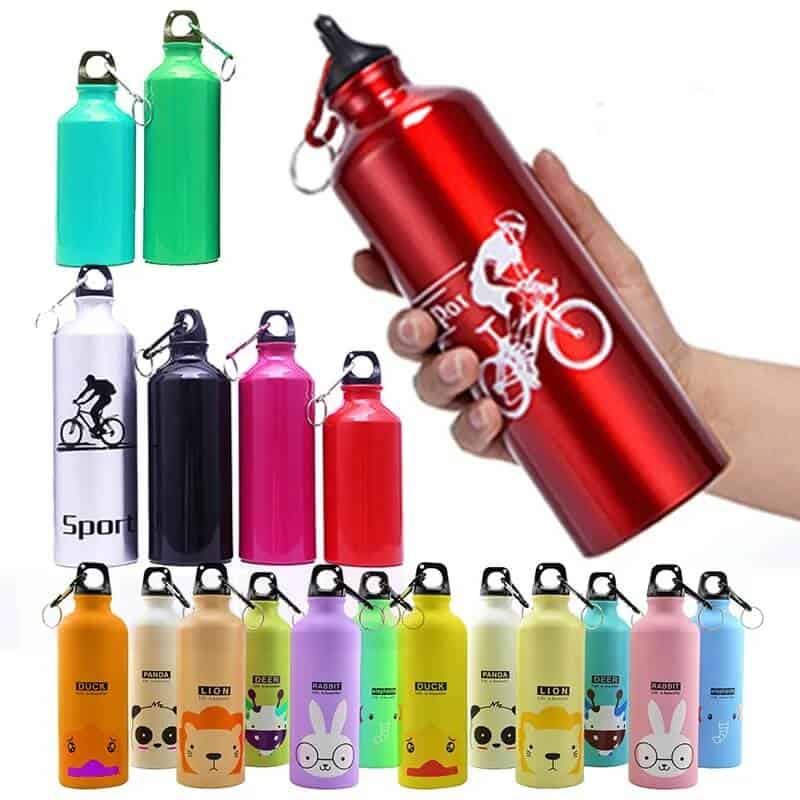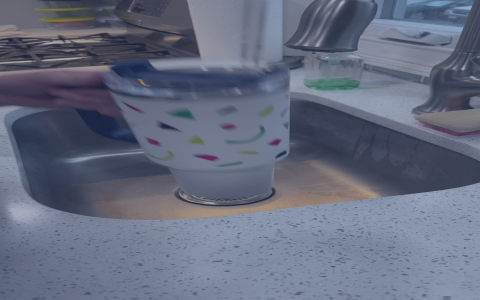Okay, let’s talk about this aluminum water bottle thing. It’s something I actually spent some time looking into myself, not like some lab coat scientist, but just as a regular person trying to figure things out.
So, I started using aluminum bottles a few years back. They were lighter than the stainless steel ones I had, and honestly, some just looked pretty neat. Picked up a couple for hiking and just for daily use, carrying water around town.

My Routine Back Then
I used them pretty much every day. Filled one up in the morning, took it to work, maybe refilled it. Sometimes I’d put juice or something else in there, not just water. Didn’t really think twice about it. Washed them out regularly, just like any other dish. Seemed simple enough.
The Turning Point
Then I started hearing whispers, you know? Bits and pieces here and there online, maybe a comment from a friend. Stuff about aluminum maybe not being the best thing to drink out of constantly. At first, I brushed it off. Figured it was just people worrying too much. But it kind of stuck in the back of my mind.
I started paying more attention to my bottles. One day, I noticed the inside of one looked a bit scratched up. Probably from cleaning it or dropping it, who knows. That got me thinking – what’s under that coating? Is there even a coating?
Looking Into It (My Way)
So, I did what most folks do. I started poking around online, reading discussions, looking at manufacturer websites for the bottles I owned. It wasn’t super scientific research, more like trying to piece together the common sense of it all.
Here’s what I gathered:

- Linings are Key: Most aluminum bottles, the decent ones anyway, have some kind of inner lining. This layer is supposed to stop the aluminum from touching your drink.
- What’s the Lining Made Of?: This was the tricky part. Some linings used to contain BPA, which raised a whole bunch of other health concerns. Many companies switched to BPA-free linings, but then you wonder what those are made of. Sometimes it’s hard to find out exactly. Epoxy resins, plastic coatings… it varied.
- What if it’s Unlined or Damaged?: If there’s no lining, or if the lining gets scratched or worn down, then yeah, your drink is touching the aluminum. The big worry people talk about is aluminum leaching into the water, especially with acidic drinks like juice or soda. There’s debate about how much leaches and how much of a health risk that actually is for adults, but the idea just didn’t sit right with me.
My Decision Process
I thought about it for a while. I wasn’t having any specific health problems I could point to, but the uncertainty bugged me. Why use something if I have this nagging doubt, especially when there are other options?
I checked my bottles. Some clearly stated “BPA-free lining.” Others were older, less clear. The scratched one? That one definitely made me uneasy. Could I taste a difference? Maybe sometimes I thought water tasted a bit metallic, but honestly, I couldn’t be sure if it was the bottle or just me.
What I Did in the End
It wasn’t some big dramatic purge. I just gradually stopped using the aluminum ones I wasn’t sure about, especially the scratched one. I phased them out.
I mostly switched back to stainless steel bottles. They’re heavier, yeah, but they don’t typically need linings, and steel is generally considered pretty stable and non-reactive with drinks. I also got a glass bottle with a silicone sleeve for around the house – tastes super clean, but obviously more fragile.
So, that’s my experience. Didn’t find any definitive proof of danger for me, personally, but found enough uncertainty about linings and leaching that I decided to switch. Felt like a simple change to make for a bit more peace of mind, you know?
















